I have been allowed to look into reality, into its sacred nature. I have been reminded that it is not something hidden. We have mostly forgotten that. But on that evening, I can see that the sacred nature of reality is the most visible thing.
[*]I’m on my way home from an errand one early June evening. As I walk, I look down on the granite-slabbed sidewalk. At its margin, a row of slender catsears raise their yellow heads towards the fading sky. They look a bit like skinny dandelions (who they are related to), as though they were a dried-out version of their juicy cousins, decorating the arid summer of Berlin.
As I am trodding down the sidewalk, my mind wanders back to last autumn. The catsears had long transformed their blossoms into little globes of hairy parachutes, and the wind had blown them away one by one, each carrying a tiny seed into an unknown destiny.
I remember the dry autumn leaves curled on the granite slabs. A single butterfly sat there in the fallen foliage. From above, his folded wings appeared black. They looked like the wilting leaves, with their slightly irregular outline, a blackness into which my gaze sunk.
That autumn day, I almost hadn’t noticed the butterfly. I’d almost stepped on it. He was easy to miss in his resting position among the foliage. Touching him, I noticed that he was still alive. I picked him up, and he slowly opened his wings. And there it was, the purple, orange, white, and blue, forming four eye-like dots, all the glory of a peacock butterfly’s wings.
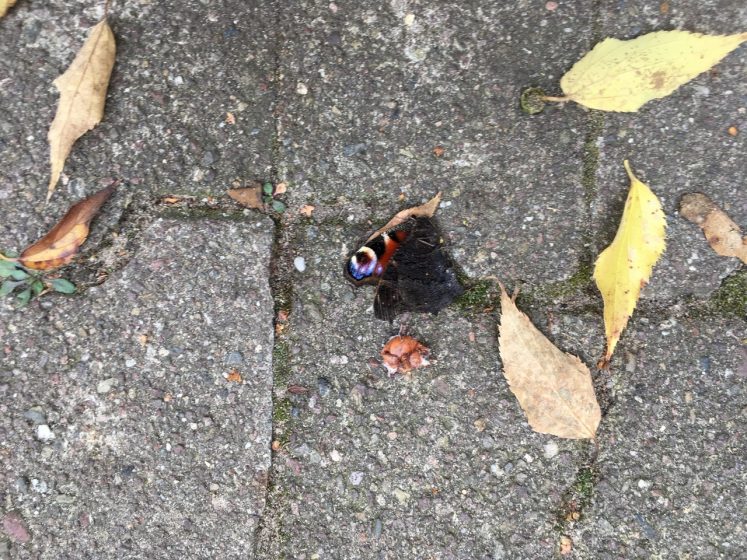
Photo: Andreas Weber
I put him behind a stone, knowing that he would die here because he hadn’t yet found a frost-free space to overwinter and was already too weak to fly. When I put him down, he flapped his wings another time. Again, I caught sight of the splendor opening among the withering and dying as if it was not of this world.
I nod to the catsears as I resume my walk home. There are no butterflies around them.
In the evening, I walk to the woods, into the Grunewald Forest close to the city center. I feel that the catsears have transmitted a calling, that the shadow image of that dying butterfly tells me to go and find life. To go and sit with life.
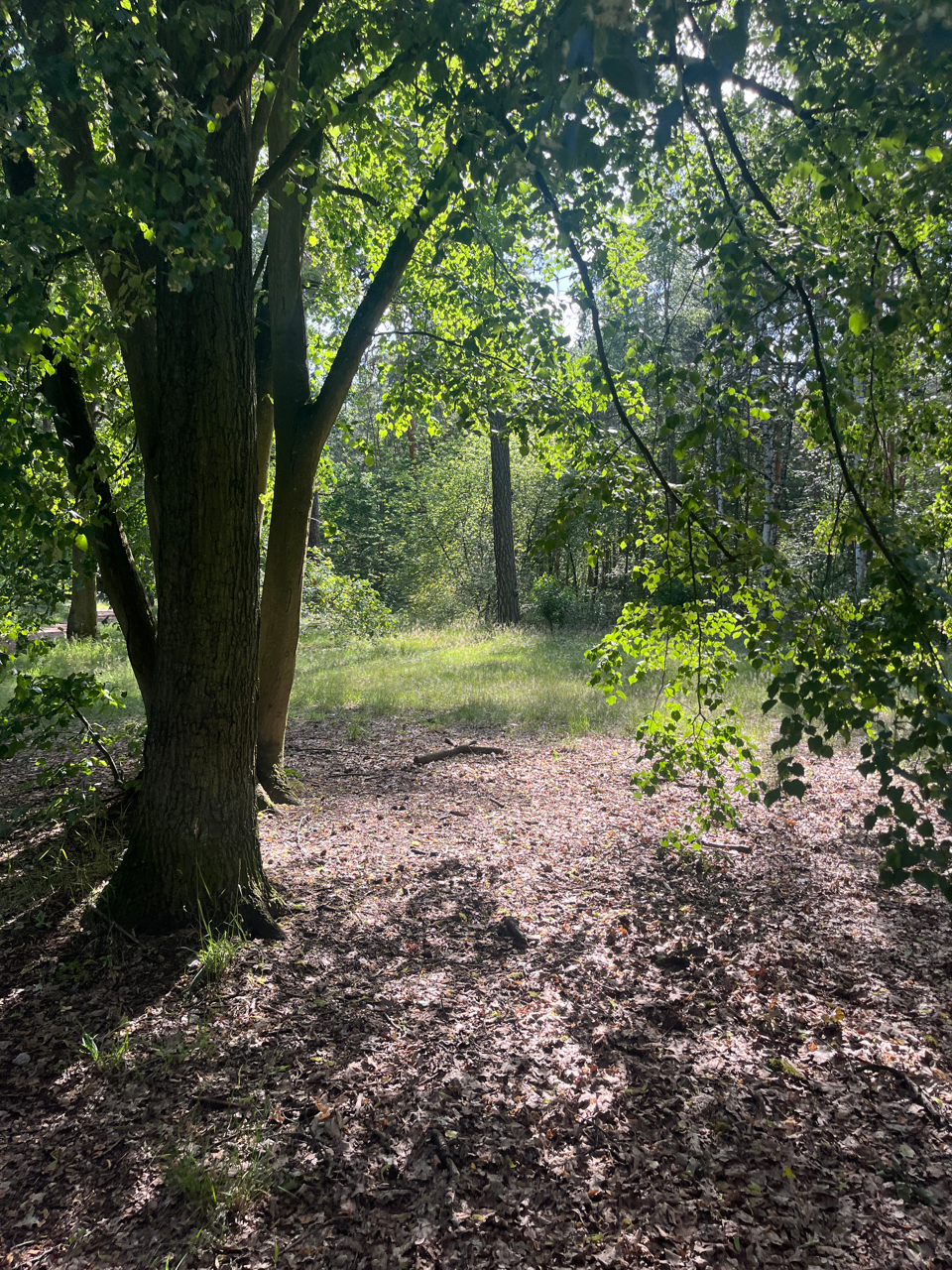
I walk through the scattered trees, soaked in the milky light of a mid-summer evening. The dog is eager to get here, too. I’ve followed her across the arterial road and the railroad bridges. I have dropped my work, even though the knowledge that I still have a lot on my to-do list is making my neck a bit tense.
The dog wanders in the direction of the old oak, the tree of life in that section of the forest, determined, sniffing and scenting left and right, unperturbed by thoughts. I follow.
At this hour there are hardly any bird voices. I hear the muffled scolding of a thrush behind the trees. Somewhere from a hollow tree, the chicks of titmice call for food. The air is motionless. It holds the last traces of the sweet perfume of blossoming black cherries.
The oak stands there waiting for us, as it has patiently waited for everything for five hundred years. It reaches with its arms into the late evening light, as though it pulled it down to the earth, and distributed it among the beings. The air is reddish, a softly embracing substance in which we all move together.
On the way back, I spot a large insect in the distance. The animal is flying circles around a weathered tree stump next to the sandy path. I walk faster. Something special is taking place here. My heart is pounding.
As I get closer, I hear the buzzing. Its rising and falling pitch reminds me of the low notes of a viola. From a few meters away, I see semi-transparent wings drawing brownish streaks in the air. Stag beetle, it flashes through my mind. But no. The shape of the flying creature is too long. Maybe a large ichneumon wasp? What is this?
I move closer. Whatever it is, I am encountering a huge insect, here, in this unspectacular forest, whose ground is so plowed through by wild boars that hardly anything grows below the trees. A huge, unknown insect in the apricot-colored light of the summer sunset. It seems that the creature has manifested out of it, somehow has crystallized from the sun falling obliquely through the branches.
The animal flies in circles around the tree stump. Then it bumps against the wood with a whirring sound and falls on its back in the sand. I hear the soft underwings rustle. When the insect rises again, I recognize the species. I am very close now, not more than two feet away. It is a gigantic longhorn beetle, Ergates faber, one of the biggest European insects. The nervous animal is easily as long as my little finger. A creature like from the tropics. But the animal is native to Central Europe. Indeed, it was once common here.
The beetle now runs ponderously over the sandy ground. He follows the edge of the tree stump in a circle. His body is of a deep lacquer brown. He moves frantically, the clubbed antennae vibrating, the abdomen pulsating. Then he pauses, jerkily unfolds the two leathery top wings, pulls out the membranous hind wings from beneath, and takes off whirring.
He flies two awkward circles around the not quite knee-high stump with an increasing and decreasing hum, collides again with the wood, crashes, rustling, humming. Scrambles to his feet. Runs around. I hear the sand softly crunching under the steps of his tiny claws. Then he pumps again, unfolds his wings, buzzes away, circles through the trees, curves back, circles around the stump again, carried by his wings of finely pleated, delicately veined, brownish-transparent silk.
While I let myself sink into the admiration of this magnificent being, a trace of anxiety sneaks into my feeling and starts to grow. What is going on here? Why does the animal fly so frantically around the dead wood, crawl up and down so manically, seem so aimless in its frenzy? It does not look like healthy behaviour. The joyful surprise of my encounter gives way to concern.
Has the longhorn beetle been poisoned? Has he become disoriented and psychotic, the consequences of modern pesticides that spread uncontrollably even outside the fields? Have I met the last Ergates in the Grunewald Forest? A creature whose presence makes my heart beat up to my throat, and yet which has already been consigned to death? Has this meeting the same quality as last autumn, when I found the dying peacock butterfly?
Only then do I see the other. The second longhorn beetle sits in a hollow of the sandy path next to the stump, motionless, the head bent down. At the end of the abdomen, an elongated spur protrudes from under the closed wing covers. It gently vibrates, an advancing appendix of stretching yellow skin. I touch the animal lightly with my fingertip. The insect retracts the abdominal process. I don’t understand what is happening here, until all at once a light dawns on me: Of course, the female!
And at this moment the male is already on top of her. At first his head points in the wrong direction, then he turns in a flash and presses his abdomen onto the appendage protruding from her rear end, clasping her body with his segmented legs. The beetle has made it. I see two Ergates mating. I can’t believe my luck.
Now I know why I had to walk through the forest this evening, spend such a long time among the trees, on foot, in spite of all the time pressure. All worries have disappeared from my brain. They have been replaced by happiness, by the happiness of a speechless presence.
It is a happiness that cannot be expressed in words because it does not belong to me alone. Rather, I am entering into a bliss that already exists ― the bliss of this couple who make love under the silk rustle of chitinous skins.
The bliss that surrounds me is even more than the happiness of the two longicorn beetles alone, their eagerness to finally unite. It is the happiness of the world to prove fruitful in an experience that manifests as touch, bump, buzz, whirr, as a liquid commotion in the flicker of the summer evening. It is a happiness of the world into which I dive like into a moving ocean, where delight manifests itself in the thousand figures of multiform water.
My heart continues beating hard for a long time after I have left the two beetles and walk home. I so intensely hope that the female Ergates will be allowed to lay her eggs undisturbed, that the larvae will be allowed to hatch, that they will be able to transform into fresh adult beetles in a couple of years after they have patiently been munching the soft wood of their wooden housings. My heart is beating with joy and fear and wonder.
I have been allowed to look into reality, into its sacred nature. I have been reminded that it is not something hidden. We have mostly forgotten that. But on that evening, I can see that the sacred nature of reality is the most visible thing. It is manifest in every chitinous scale, every crackling tarsus, every grinding mandible, every grain of sand, every particle with which the space fills in the desire for touch. The sacred nature is life, and it is death — and because it is death, we want to forget it, we allow the insects of our earth to disappear.
When I am back close to my place, walking on the granite-slabbed sidewalk, another memory comes back to my mind.
I suddenly remember that later last autumn I found a second peacock butterfly. It lay dead on the sidewalk. His inner wing was half unfolded, looking at me with one single eye. I looked back into the white of its iris, which was framed by a trace of the most intense blue, an unearthly, celestial blue. It was Perugino’s blue from the Sistine Chapel in Rome.
In Perugino’s painting in the famous church, we can see Christ handing over to Peter the key to the kingdom of heaven. I remember that on this autumn day, in a Berlin neighbourhood, a few withered leaves lay scattered beside the dead butterfly.
His eye in its impeccable Sistine blue was looking upwards to the pale sky while his body was imperceptibly fading away, already nothing but a piece of wilted summer foliage, a fruit, overripe, and long fallen.
Andreas Weber
Berlin
[*] This essay is based on chapter 5, “Imago”, from my upcoming book Essbar sein. Versuch einer biologischen Mystik. Klein Jasedow: thinkOYA, 2023.


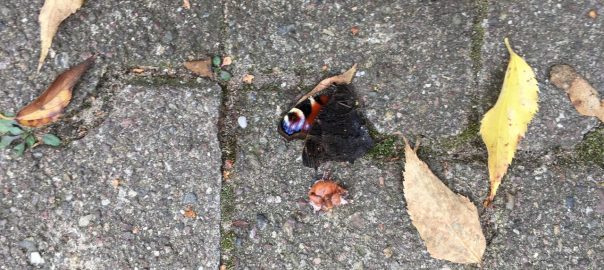
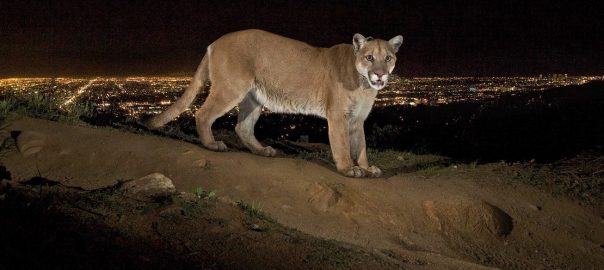
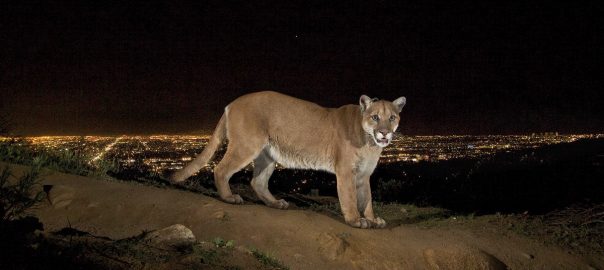
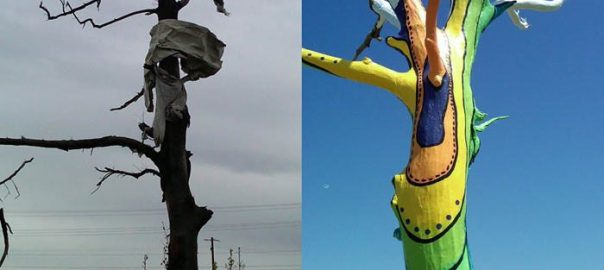
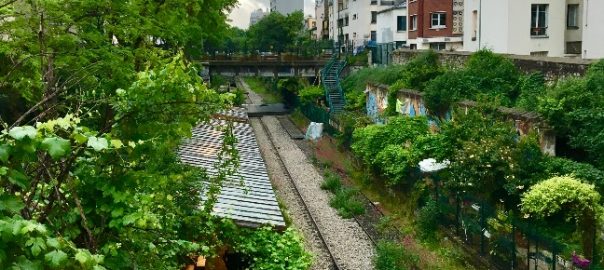
Leave a Reply